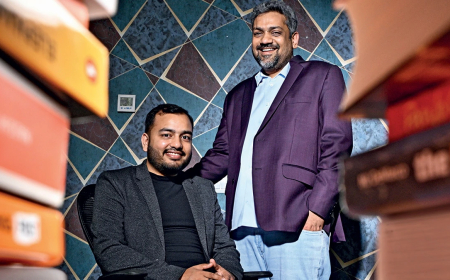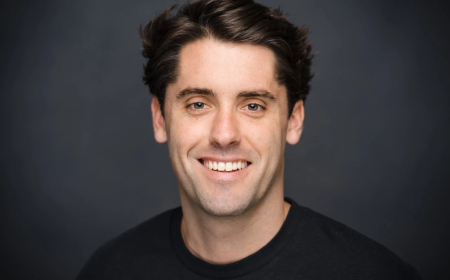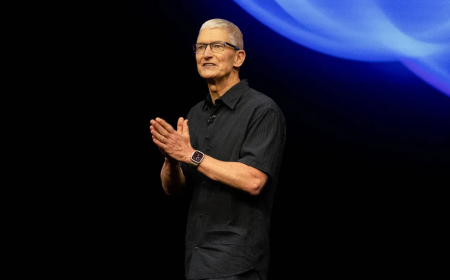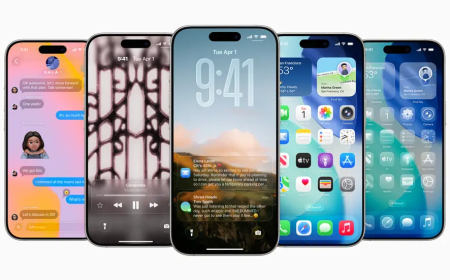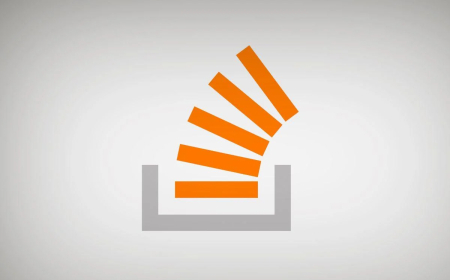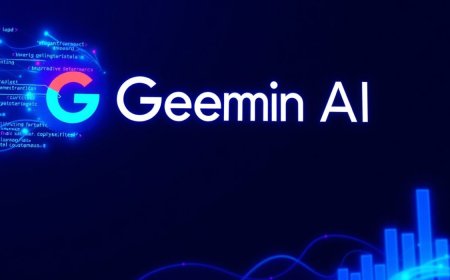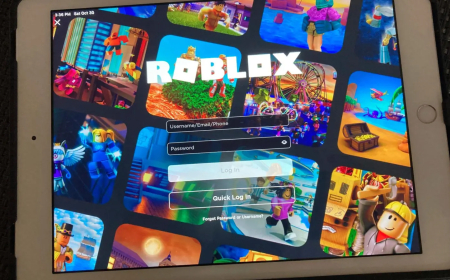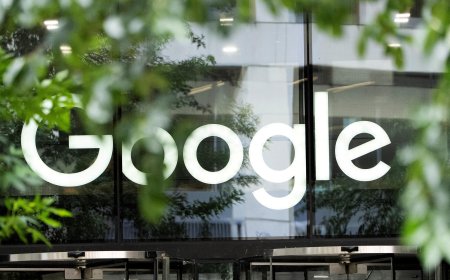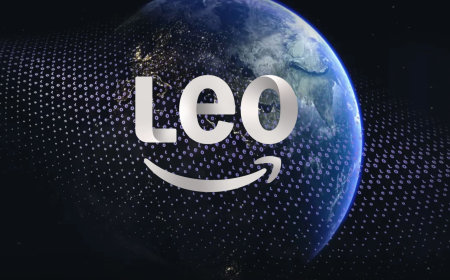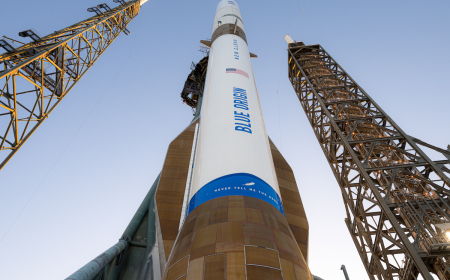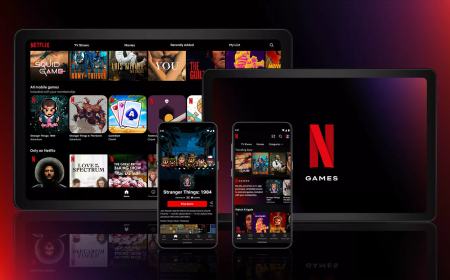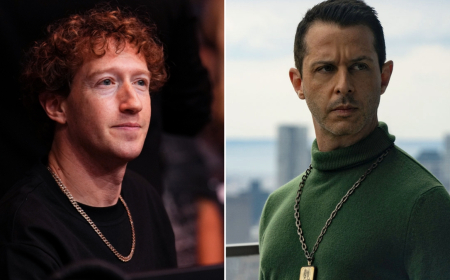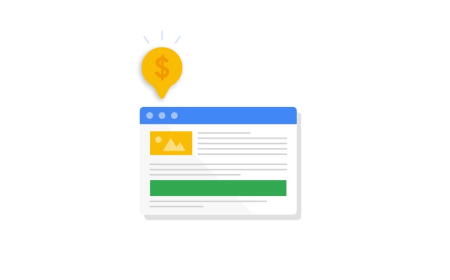Inside Harvey: How a First-Year Legal Associate Built One of Silicon Valley’s Hottest Startups
Harvey CEO Winston Weinberg turned a cold email to Sam Altman into an $8B legal AI empire used by top law firms across 63 countries.

Legal AI might not sound like the most glamorous corner of Silicon Valley. Still, Harvey’s CEO, Winston Weinberg, has managed to capture the attention of nearly every top venture investor in the tech industry. The company’s investor list reads like a who’s who of Silicon Valley: the OpenAI Startup Fund (its first institutional backer), Sequoia Capital, Kleiner Perkins, Elad Gil, Google Ventures, Coatue, and, most recently, Andreessen Horowitz.
Based in San Francisco, Harvey’s valuation has surged dramatically — from $3 billion in February 2025 to $5 billion in June, and then $8 billion by late October. The rise mirrors both the sky-high valuations of AI startups and Harvey’s rapid success in landing major law firms and corporate legal departments as clients.
Today, the company reports serving 700 clients across 63 countries, including most of the top 10 U.S. law firms, and has surpassed $100 million in annual recurring revenue (ARR) as of August.
Weinberg spoke with TechCrunch for the StrictlyVC Download podcast to discuss Harvey’s journey — including how a single cold email to Sam Altman changed everything, why he believes AI will empower rather than replace lawyers, and how his team is tackling the complex challenge of building a global “multiplayer” platform that maintains ethical walls and data permissions across multiple jurisdictions.
From Associate to Founder: How It Started
Weinberg began as a first-year associate at O’Melveny & Myers when he first saw AI’s potential in legal work.
“My co-founder was working at Meta at the time — he was also my roommate,” Weinberg recalled. “He showed me GPT-3, and at first, I was just using it to run a Dungeons & Dragons game with friends. Then I got assigned to a landlord-tenant case at O’Melveny, and I didn’t know anything about that area of law. I started using GPT-3 to help.”
He and co-founder Gabe Pereyra soon developed an early form of chain-of-thought prompting, applying it to California landlord-tenant statutes and testing the AI’s answers on attorneys. “On 86 of the 100 samples, two out of three attorneys said they’d send the answer as-is. That’s when we realized — this could transform the legal industry,” he said.
A Cold Email That Changed Everything
Weinberg and Pereyra decided to send a cold email to Sam Altman and Jason Kwon, OpenAI’s general counsel. “We figured we had to email a lawyer because they’d know if the outputs were accurate,” Weinberg said. “On the morning of July 4, we got on a call with the OpenAI team — including Altman — and made our pitch.”
The result: OpenAI’s Startup Fund invested, introducing Harvey to early angel backers Sarah Guo and Elad Gil.
“I didn’t have friends in tech. I didn’t know how fundraising worked,” Weinberg said. “But we just kept building, and investors came to us.”
Growth, Revenue, and Compute Challenges
By mid-2025, Harvey had reached $100 million in ARR with approximately 400 employees. Weinberg said profitability remains a challenge due to computing costs across more than 60 countries with strict data residency laws.
Germany and Australia have some of the most stringent data processing laws. You can’t send financial data outside their borders,” he explained. “So, we had to set up Azure or AWS instances in each country — sometimes just for a few clients. Our margins appear favourable on a token basis, but the upfront computational costs are high. That will balance out over time.”
Harvey’s Sales Strategy and Global Reach
At the start of 2025, 96% of Harvey’s revenue came from law firms and just 4% from corporate clients. That mix is shifting rapidly. “Now, about 33% is corporate,” said Weinberg. “By the end of the year, it’ll likely be closer to 40%.”
Early on, the team analyzed public litigation PACERs from Pacer, identified the partners who wrote them, and demonstrated to Harvey how they could improve their own arguments—an approach that garnered attention.
Once top law firms adopted Harvey, they began introducing it to their clients. “Firms like Latham helped us pitch corporates,” he said. “They’d say, ‘Here’s how we’re using Harvey to do XYZ.’ That’s when law firms started helping us sell to clients.”
Building a Multiplayer Platform
One of Harvey’s biggest challenges is creating a secure multiplayer system that allows law firms and corporate legal teams to collaborate while maintaining ethical walls.
“If you’re working on a deal for Sequoia and another for Kleiner Perkins, and you accidentally share data across those clients — that’s catastrophic,” Weinberg said. “We have to solve internal and external permissioning to make sure that never happens.”
Harvey expects to launch the first large-scale version of its multiplayer system by December 2025.
How Lawyers Use Harvey
According to Weinberg, the top use cases today are drafting, research, and analysis.
“Drafting is number one. Research is rising fast, especially after our LexisNexis partnership,” he said. “Analysis — like running 10 questions across 100,000 documents for diligence — is another big one.”
Initially, Harvey was used mainly for M&A and fund formation, but litigation has since become its fastest-growing segment.
Addressing the “ChatGPT Wrapper” Criticism
Weinberg dismissed claims that Harvey is merely a ChatGPT wrapper. “Our moat comes from workflow data and multiplayer design,” he said.
He explained that Harvey collects data on how lawyers actually use AI in their work — insights that improve accuracy and performance. “Evaluating something like a merger agreement’s quality is incredibly hard. We’ve built evaluation frameworks and agentic systems that can self-assess work quality,” he said.
Business Model and Market Potential
Harvey’s current business model is seat-based licensing, but Weinberg said the company is moving toward outcome-based pricing for specific workflows.
“For the next year or two, Harvey will stay a productivity suite sold on seats,” he said. “As AI gets better, we’ll add consumption-based pricing for tasks that can be automated accurately.”
Despite its success, Weinberg says the legal AI market is still in its infancy. “There are 8 or 9 million lawyers globally, and only a tiny fraction use Harvey,” he said. “We’re still in the early stages of what AI can handle in complex legal work.”
Training the Next Generation of Lawyers
Weinberg, a former junior lawyer himself, said Harvey could revolutionize legal training.
“The goal of law firms is to train partners faster,” he said. “If AI can do the first pass of an M&A, that’s like giving every junior associate a one-on-one tutor.”
Harvey already works with law schools, and Weinberg believes AI can eventually serve as a training and education platform for future lawyers.
The Road Ahead
With Harvey’s valuation jumping from $3 billion to $8 billion in less than a year, Weinberg said there’s no immediate need for more fundraising.
“The reason we raised heavily this year was to prepare for compute-heavy research directions,” he said. “We’re not burning a crazy amount. Public markets are on our radar, but there’s no timeline yet.”
What's Your Reaction?
 Like
0
Like
0
 Dislike
0
Dislike
0
 Love
0
Love
0
 Funny
0
Funny
0
 Angry
0
Angry
0
 Sad
0
Sad
0
 Wow
0
Wow
0
